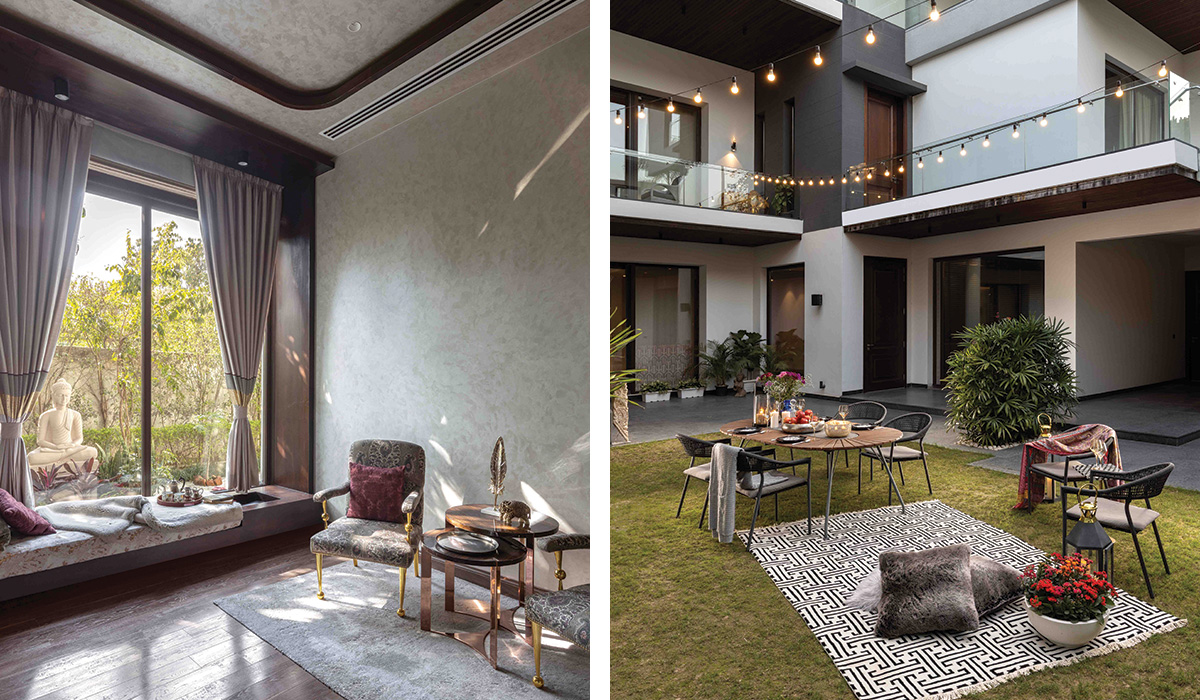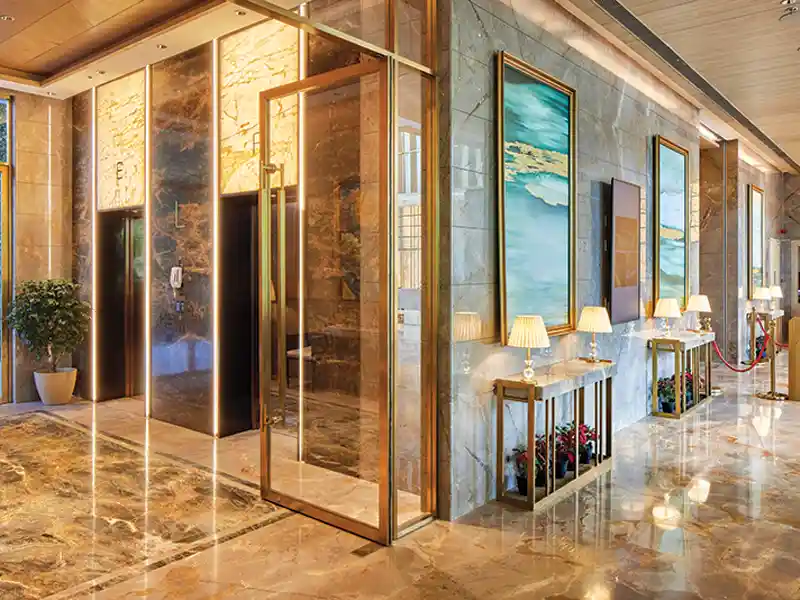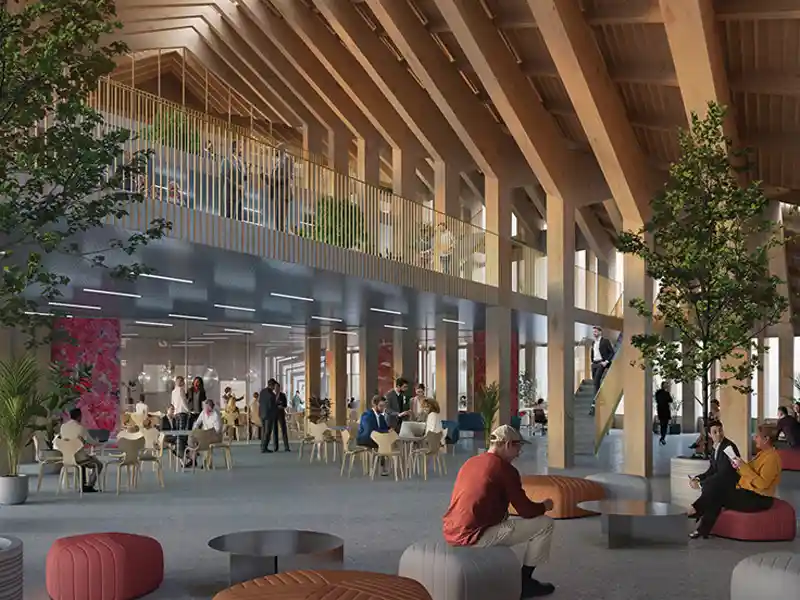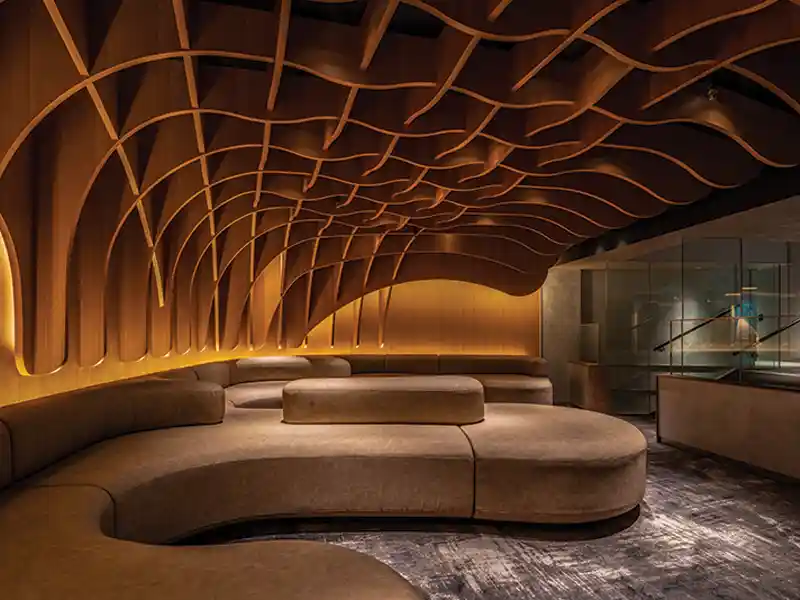The focus on sustainable construction has made Interior designers more conscious towards the environment; our aim is to decrease unnecessary wastage of natural resources.
Monica Chadha - Co-Founder & Interior Designer, Design Deconstruct
In interior design, sustainability is now being considered in many aspects of a project. The aim is to deliver long-lasting high-quality designs with low environmental impact, less waste, and lower pollution. Use of recycled resources, materials and waste helps preserve natural resources.
Interior designers are building eco-friendly designs from scratch, using energy saving materials and products, and recycled building materials. Energy and thermal modelling can be used to make a building more comfortable by improving energy efficiency, while increased indoor air quality can be found by improving passive heating, cooling, and ventilation design.

It has become increasingly important to adopt sustainable/renewable materials like reclaimed wood, and thereby reduce the demand for new sources. Felt, which is produced by matting, condensing, and pressing fibers together, is a low-impact and completely biodegradable material and is used in making drapes and furniture. Another material that we often use for rugs is jute, which grows quickly within 4-6 months. It absorbs carbon dioxide and releases oxygen faster than trees. It is an efficient source of renewable material and very similar to bamboo.
















